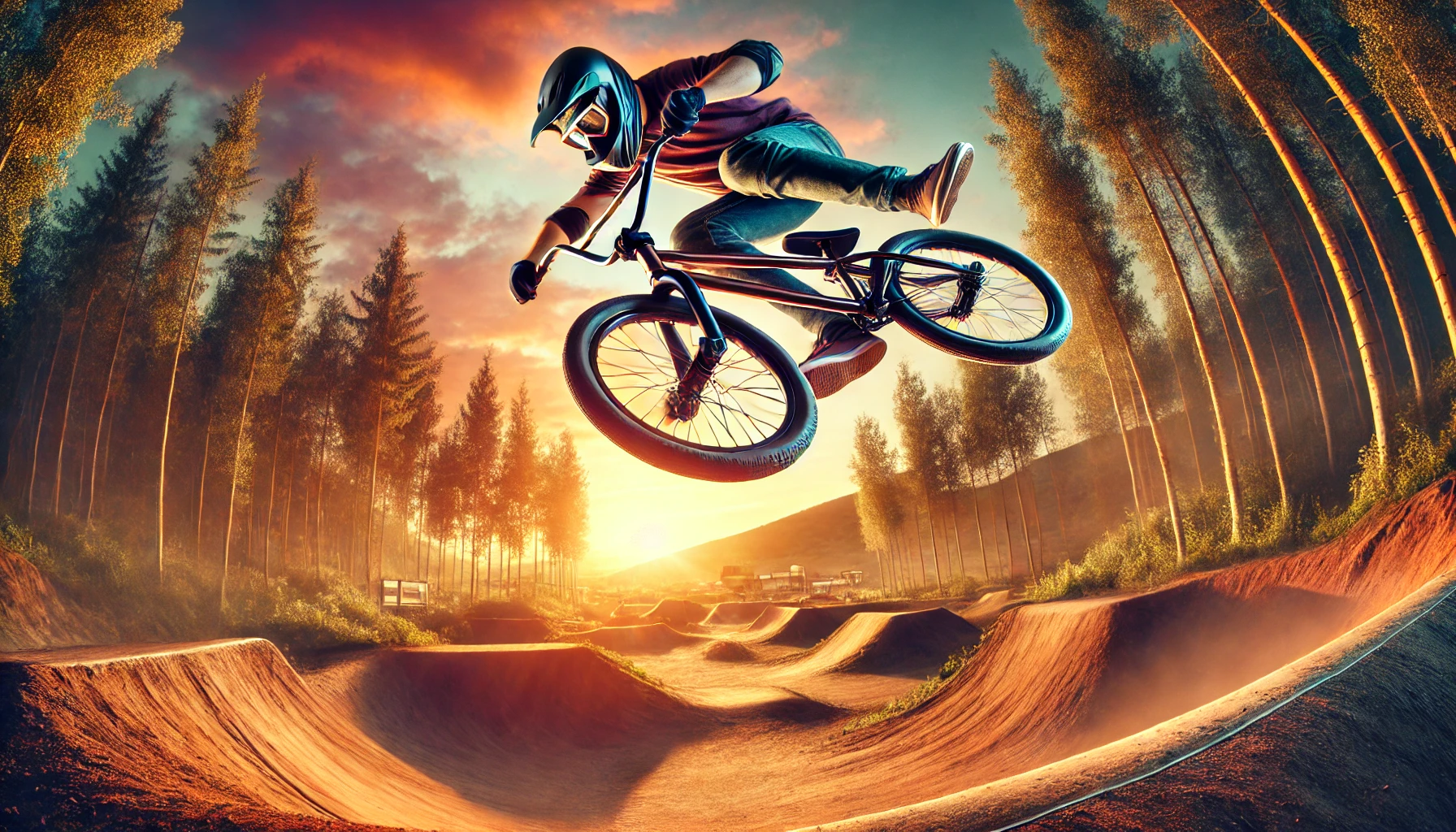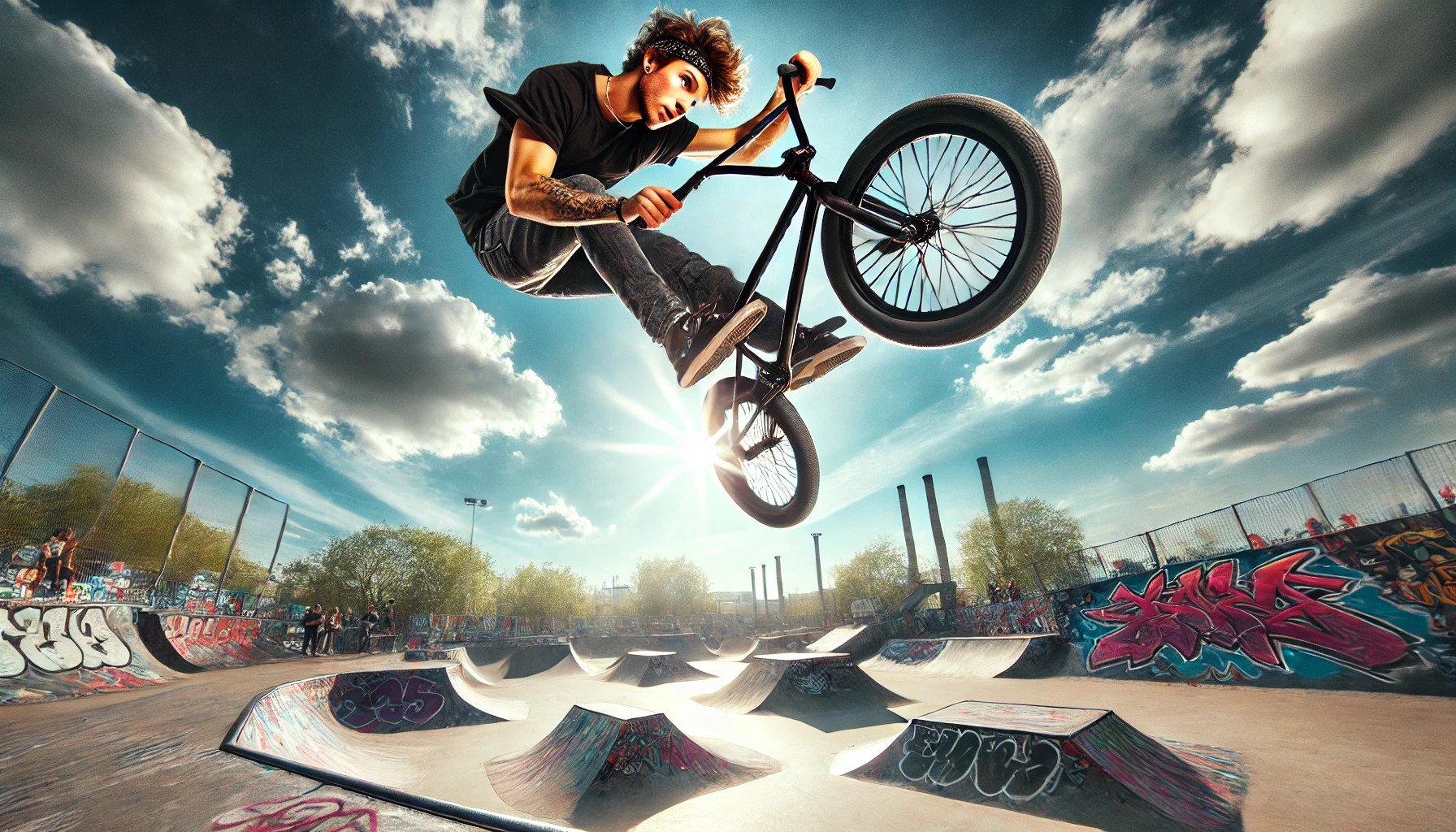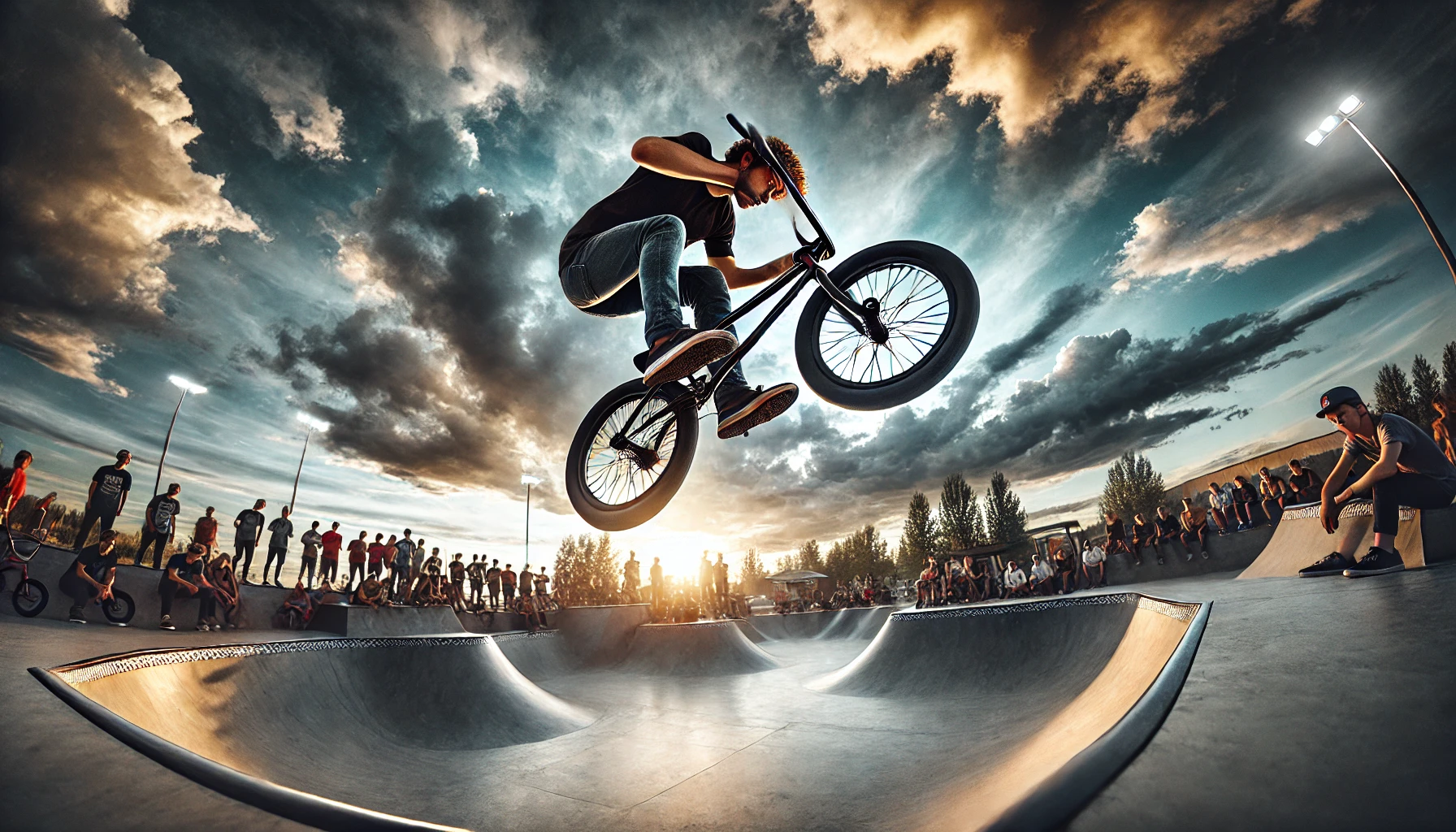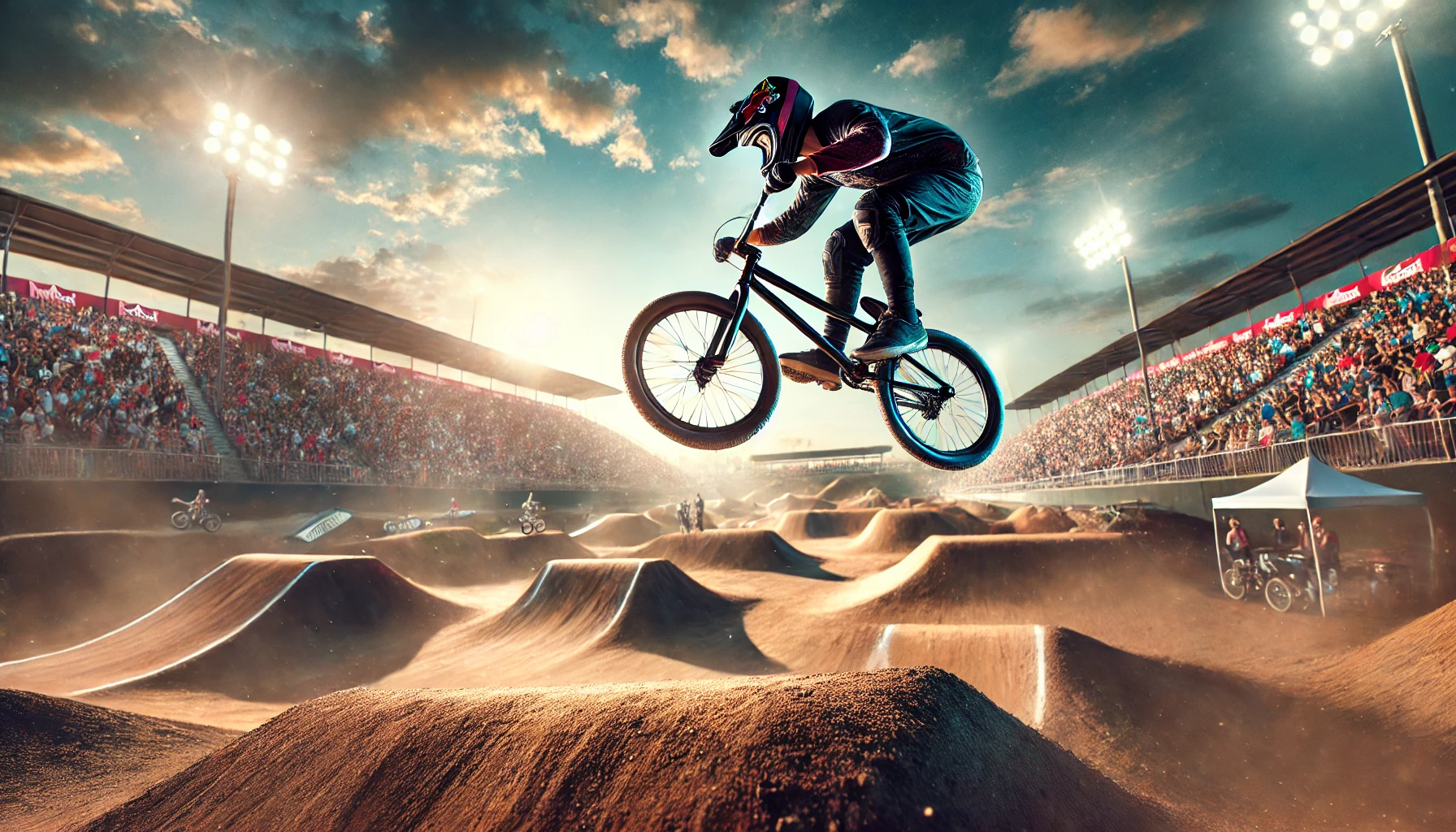How to Structure a BMX Training Plan for Maximum Progress

Ever seen a BMX rider pull off a trick that looks impossible? It’s not just talent or fearlessness. It’s hours of structured training, tweaking every detail, and pushing through mental and physical barriers. The best riders don’t just ride—they train smart. A solid BMX training plan isn’t about doing random tricks every day. It’s about building strength, control, and technique in a way that leads to real progress.
Let’s break down how to structure a BMX training plan that actually works.
Setting the Foundation: The Key to Steady Progress
Before throwing yourself into intense sessions, it’s smart to lay down some groundwork. A solid BMX plan isn’t just about tricks; it’s about balance—between skill work, strength training, recovery, and mindset.
Goals That Actually Work
Vague goals like “get better at BMX” won’t get you far. Instead, go for goals that are clear and give you something to measure.
- Short-term goals (weeks/months): Perfecting a specific trick, increasing manual distance, improving sprint speed.
- Long-term goals (months/years): Competing in a race, landing a new trick combo, increasing endurance.
Write them down, track progress, and tweak as needed. If something’s not working, adjust instead of grinding away at the same thing.
Planning Sessions: Don’t Just Ride, Train
Every session should have a purpose. Mixing things up helps avoid burnout and keeps you progressing. A weekly BMX training schedule might look like this:
- Skill training (2-3 days/week) – Focused sessions on specific tricks or techniques.
- Strength and conditioning (2 days/week) – Core, legs, explosive power, and grip strength.
- Endurance and sprint work (1-2 days/week) – BMX demands bursts of speed and control over time.
- Recovery and mobility (1-2 days/week) – Stretching, rest, and low-impact activities.
Strength and Power: The Engine Behind the Tricks
Raw skill alone isn’t enough. A strong, explosive body makes tricks smoother and landings safer. Strength training doesn’t mean lifting like a bodybuilder—it’s about building BMX-specific power.
Core Strength: The Secret Weapon
Your core does more than just keep you upright. It controls balance, transfers power, and absorbs impact.
- Planks and variations – Front planks, side planks, and moving planks keep the core solid.
- Russian twists – Improves control when whipping the bike around.
- Hanging leg raises – Strengthens lower abs for better bike control.
Leg Power: The Difference Between Speed and Struggle
Strong legs mean better acceleration, smoother landings, and more explosive pop.
- Squats (bodyweight or weighted) – Builds strength for jumps and sprints.
- Step-ups – Mimics BMX pedal motion and strengthens each leg independently.
- Box jumps – Trains explosive power for better hops and bunnyhops.
Grip and Arm Strength: Holding On When It Counts
Gripping the bars isn’t just about hand strength—it’s about endurance, too.
- Dead hangs – Improves grip strength for long rides and bar spins.
- Pull-ups – Strengthens arms, shoulders, and back.
- Farmer’s carries – Builds forearm and hand endurance.
BMX-Specific Drills: Turning Practice into Precision
Practice isn’t just about repetition. It’s about breaking tricks down and drilling the weak spots.
Balance and Control: The Core of BMX Riding
- Manual drills – Start small, working up to longer manuals.
- Nose manuals – Helps with balance and control on front-end tricks.
- Track stands – Improves bike control, especially at slow speeds.
Air Awareness: Confidence in the Air
- Bunnyhop progression – Break it down: small hops, then higher, then adding style.
- Quarter pipe drills – Repeating launches, focusing on pop and trajectory.
- Tabletop drills – Working on control and smooth landings.
Sprint Training: The Speed Factor
- Explosive starts – Practicing fast acceleration from a dead stop.
- Timed sprints – Short, powerful bursts to build endurance.
- Cadence drills – Training different pedaling speeds for control.
Recovery: The Overlooked Game-Changer
Progress isn’t just made on the bike. Recovery is where strength builds and tricks lock in. If you’re constantly fatigued, your riding will suffer.
Rest Days: Not Wasted Days
Taking a day off doesn’t mean being lazy. Active recovery helps the body reset without losing progress.
- Foam rolling and stretching – Loosens tight muscles, preventing stiffness.
- Mobility work – Focus on hip and ankle mobility for better bike movement.
- Low-impact activities – Swimming, light cycling, or just a relaxed ride.
Sleep and Nutrition: Fueling Your Progress
- Protein and carbs after riding – Helps muscles recover faster.
- Hydration – Dehydration kills energy and reaction time.
- Consistent sleep – Lack of sleep wrecks recovery and focus.
Mental Training: The Mindset That Separates Riders
Physical training is half the battle. The best BMX riders train their minds as much as their bodies.
Overcoming Fear and Mental Blocks
Fear is normal. It’s how you push past it that matters.
- Visualization – Running through the trick in your head builds confidence.
- Progression over ego – If you’re not ready for a full send, break it down.
- Bailing safely – Knowing how to crash reduces fear and prevents injury.
Focus and Consistency
- Pre-ride routines – A quick stretch, deep breaths, or a warm-up lap sets the tone.
- Avoiding distractions – Scrolling on your phone mid-session kills flow.
- Tracking progress – Writing down what works helps keep motivation high.
Making Adjustments: Adapting the Plan for You
Not every plan works the same for every rider. Pay attention to what feels off and tweak it.
- Too sore? Shift a hard session to another day.
- Not improving? Film yourself and analyze what’s missing.
- Bored? Change up drills or ride a new spot.
Using Week Numbers for Progress Tracking
One helpful tool for organizing your training is tracking by week numbers. This allows you to plan recovery periods, track progress more easily, and set incremental goals for tricks and endurance. Using week numbers can make it easier to evaluate how you’re progressing over time and adjust your training plan accordingly.
Final Thoughts
BMX progress isn’t about grinding endlessly. It’s about smart, focused training—balancing skill work, strength, recovery, and mindset. A good training plan keeps you moving forward without burnout.
Keep your sessions intentional, listen to your body, and always keep pushing. Whether it’s a race, a trick, or just riding smoother, structured training gets you there. And the best part? The more you train smart, the more BMX feels effortless.


